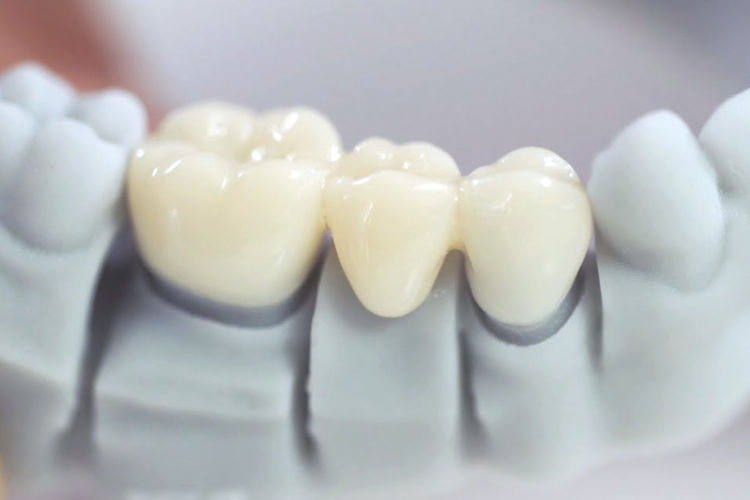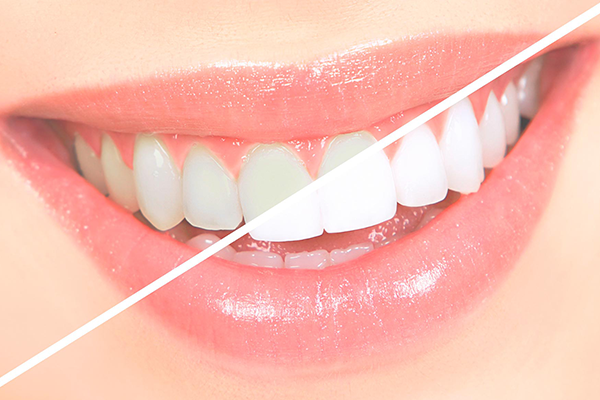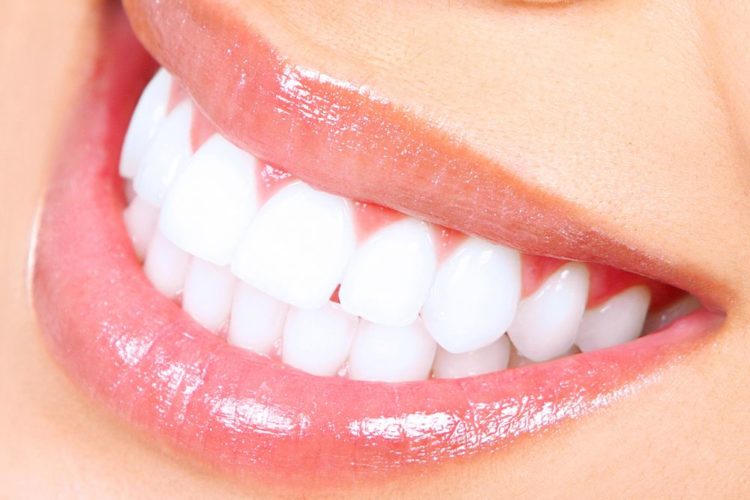WHY IS PREVENTION IMPORTANT?
Oral Health for Overall Health
Dental Crowns are known as “caps,” preserve the functionality of damaged teeth.
This common dental restoration may be used to protect a cracked tooth, restore functionality of a tooth with excessive decay or replace a pre-existing crown. It encases a needy tooth with a custom-designed material. Nowadays Dentists have a variety of conservative treatment options through which to restore teeth.
Types of Crowns
The three predominant choices of restorative materials for the full coverage crowns are:
- Porcelain-fused-to-metal
- All-ceramic (all-porcelain)
- Gold
The material selected is determined by the clinical demands at hand; aesthetic demands, strength requirements, material durability and restorative space available.
The Dental Crown Procedure – How it Works
To perform the crown procedure, your dentist prepares the tooth and makes a molded impression of the teeth to send to a dental laboratory. A fitted, temporary crown is created during this visit to temporarily protect the tooth while the final restoration is being made in the dental laboratory. Once completed, the crown can be cemented or adhesively bonded at a later visit.
A recent technology, CAD/CAM technology (computer-aided design/manufacturing technology) has evolved to display a 3-D picture of the teeth. A restoration is then created through milling of a ceramic block. If this technology is located in the dental office (chair-side CAD/CAM), there will be no need for a temporary or return visit for the final cementation.

Popular Services

Pediatric Dentistry
A modern solution of straightening your teeth through clear braces, made specifically to fit your mouth.

Teeth Whitening
Laser teeth whitening allows us to whiten your teeth for as much as 8 shades in just one visit.

Veneers & Lumineers
Veneers are an ideal cosmetic solution for everyone who desires a beautiful smile with minimal invasions into their teeth.

